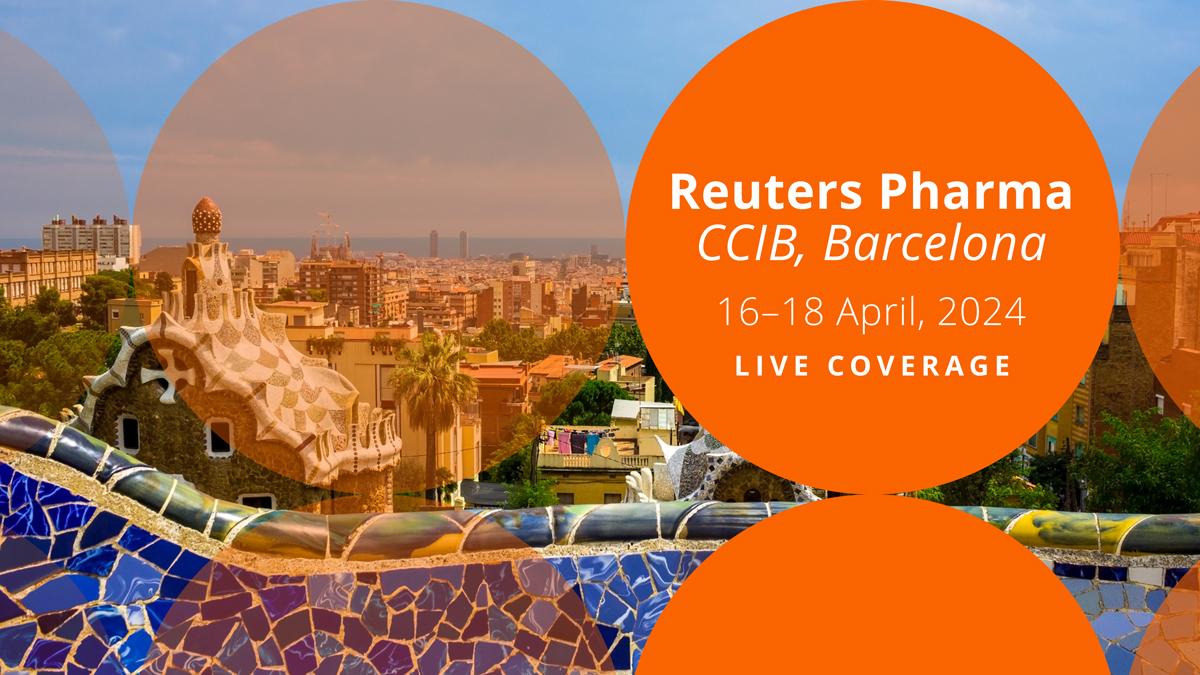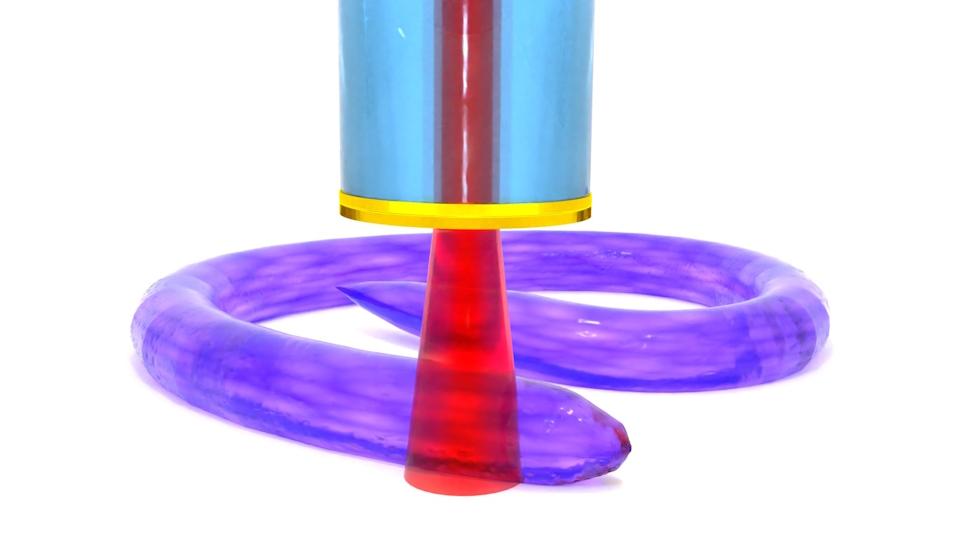NICE says new cancer guidance for GPs will save lives

New guidance from the National Institute of Health and Care Excellence (NICE) means that patients suspected of having cancer will be referred much more quickly to specialist care.
While GPs previously had to wait for, and review, blood and other diagnostic tests before referral, they can now do so straight away if symptoms suggest a three in 100 chance of cancer, with an even lower threshold in some patient groups, such as children and adolescents.
GPs will also, in some cases, be able to get access to CT scans and other diagnostics such as endoscopies without a specialist referral.
If the new symptoms-based approach is followed, around 5,000 lives could be saved each year, according to NICE, which says the current system must be made more efficient if the UK's poor cancer survival rate record is to be improved. It is well-documented that one reason for the UK's lagging performance on cancer survival is late diagnosis.
The clinical guideline updates a 2005 edition and covers 37 of the most common cancers encountered in the UK. Accompanying it is a patient guide designed to help the public spot symptoms that could suggest cancer more quickly.
The new initiative was welcomed by Cancer Research UK clinical lead and GP Dr Richard Roope, who said in a blog post that the guidelines should "give us more freedom to send our patients to see specialists, cutting out delays.
"It will likely mean my patients having fewer appointments before I can give them an urgent referral," he wrote, adding: "It frees up my time for others, and speeds up a patient's diagnosis."
Dr Roope does point out, however, that the lower referral threshold will add to the pressure on diagnostic services which are "already at capacity", and implementing these changes in isolation will put "considerable pressure on the NHS."
That view was also put forward by the Royal College of General Practitioners (RCGP), which said that the changes were good news "at face value" but queried whether NICE had assessed the potential volume of patients that will be affected by this change.
"We are worried that the system overall may well not be able to cope with the increased volume of referrals," said RCGP chair Dr Maureen Baker.
If there is sufficient diagnostic capacity, such as scans and imaging, in secondary care then that works to everyone's advantage, she added. However, if the onward services cannot cope with the work, patients may have to wait longer for investigations and diagnosis, adding to their anxiety and stress.
The Royal College of Radiologists (RCR) also delivered a warning about diagnostic capacity, pointing out that a recent survey revealed that some 300,000 patients wait more than a month for the results of X-rays and scans.
"There is a real risk that scanning services will be overwhelmed by the demand which this new guidance will create," commented Dr Giles Maskell, president of the RCR.
Dr Baker said the new NICE guidance "has the potential to make a real difference to the one in two of us who will develop cancer sometime in our lifetime and in increasing the number of people who live 10 years or more after a cancer diagnosis."
"But it would be regrettable if something that was so well-intentioned resulted in patients being worse off."
Related article
Cancer drug deadlock in UK needs urgent solution, says top scientist











